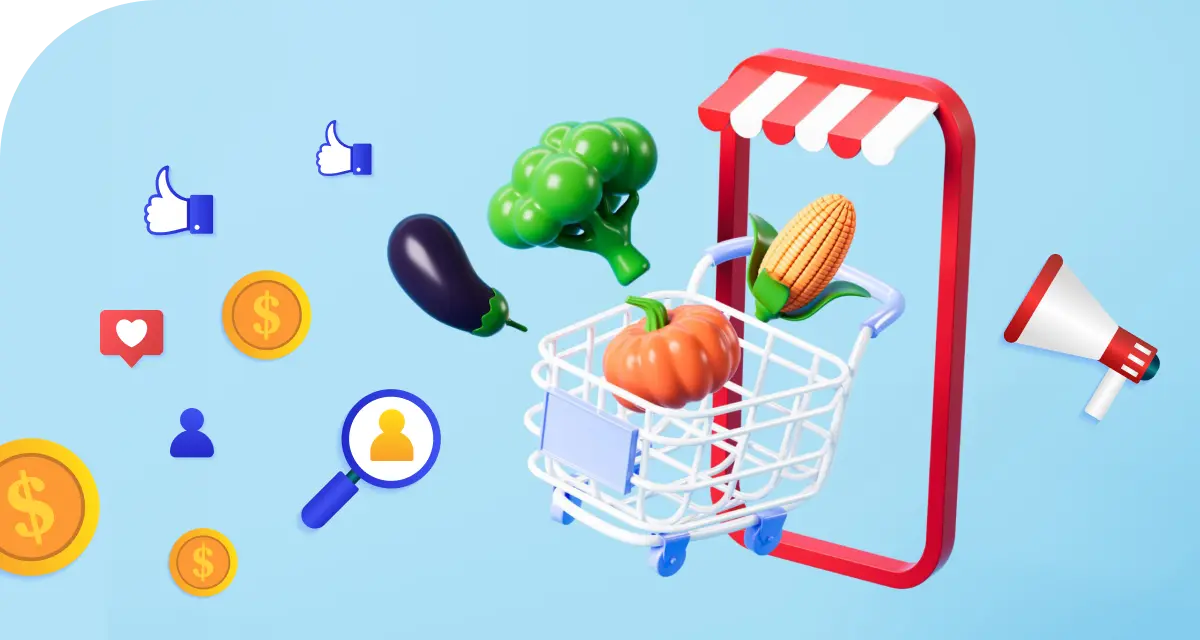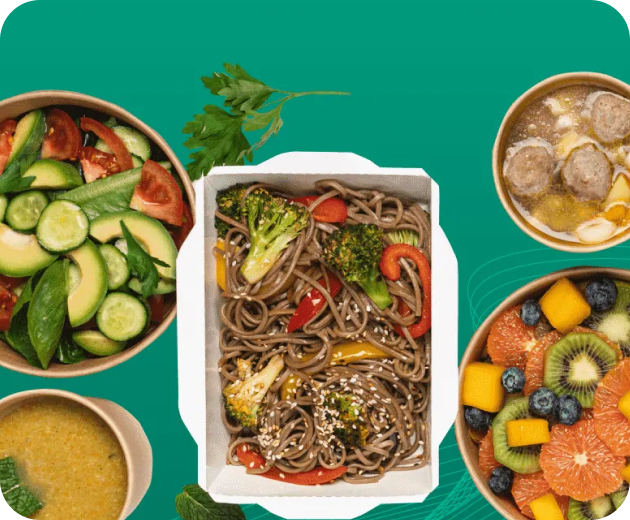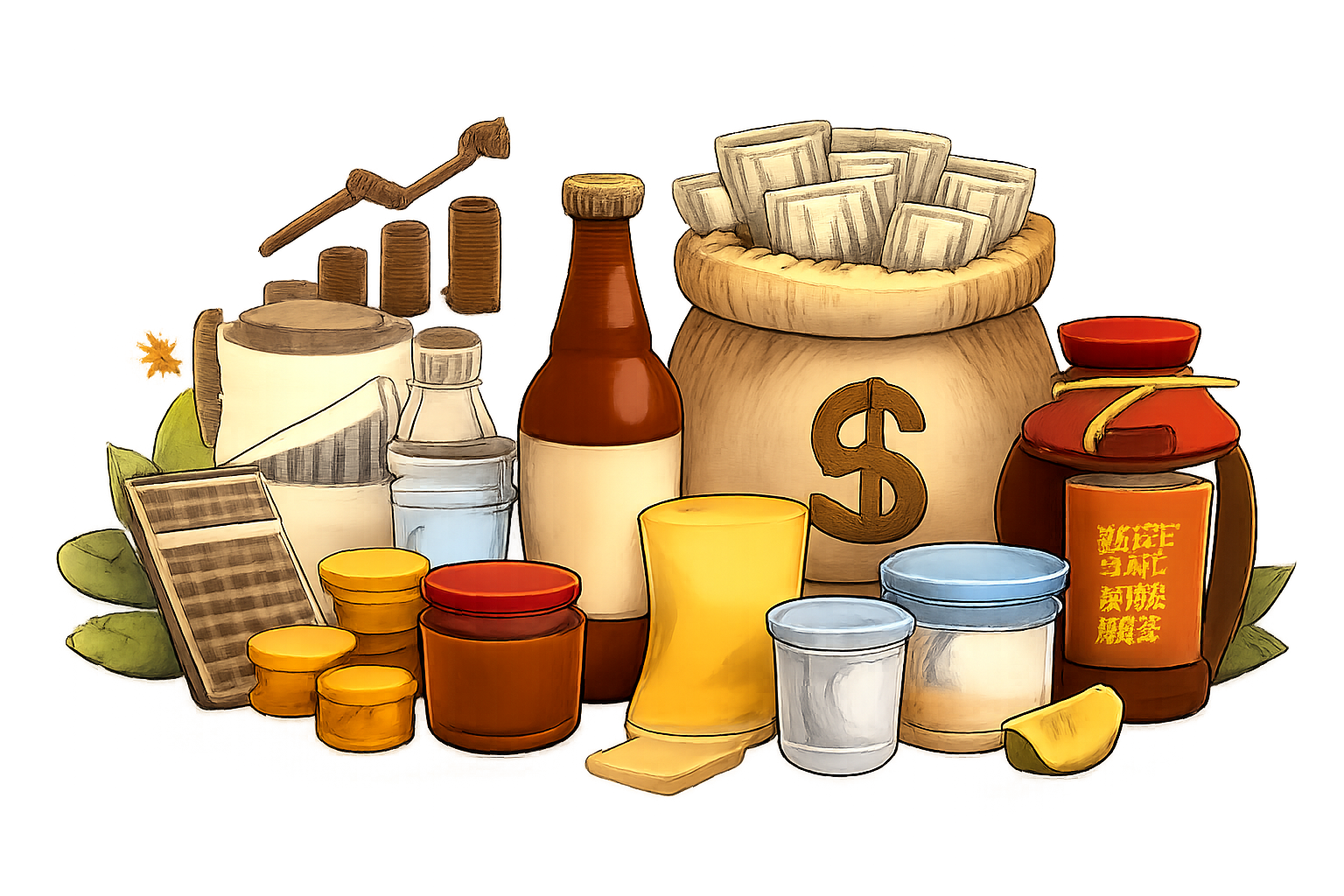Who Shops, Who Buys? Mastering CPG Shopper Marketing for Better Conversions
According to a recent Statista report, 68 percent of U.S. respondents who handle most household shopping were women, while 56 percent were men.
Among those living alone and paying only for themselves, 15 percent were men and 13 percent were women. This shows that “who shops” can vary by household structure.
That’s why CPG shopper marketing is so important: it focuses on understanding shoppers’ mindsets and motivations during the buying process, rather than just end-consumer behavior.
What is CPG shopper marketing?

CPG shopper marketing is the practice of targeting individuals at the actual point of purchase, whether on a store shelf or through a web-based checkout.
Many in CPG business circles make the mistake of treating consumers and shoppers as the same.
However, the person browsing the aisle may not always be the eventual product user.
Understanding these differences helps tailor brand messages and influence CPG sales more effectively.
Top strategies for successful CPG shopper marketing
- Segment your audience by shopper type: Whether targeting families, singles, or millennials, each group has unique buying triggers. A family’s concerns can be different from those of a busy professional.
- Use promotional tactics that stand out: Eye-catching in-store displays, limited-time offers, or digital coupons can drive CPG sales. Simplicity is key—most shoppers are pressed for time.
- Monitor competition through CPG analytics: Real-time data gives you a better grip on CPG pricing trends, enabling quick adjustments. It also helps craft offers that beat rival deals.
- Develop consistent brand touchpoints: A recognizable look and tone across ads, packaging, and social media helps maintain CPG branding. People recall consistent experiences.
How retailers play a role in shopper marketing
Retailers have direct contact with the shopper. That’s why collaboration between CPG marketing teams and store managers can be a game-changer.
Key ways retailers shape CPG shopper marketing include:
- Placement and shelf space: Premium positioning can improve visibility and CPG sales.
- Co-branded promotions: Retailers may let brands do in-store tastings or loyalty program tie-ins, which support CPG branding.
- Shared data: Retailers often control shopper loyalty card insights. This data fuels CPG analytics, allowing better targeting.
The impact of tech transformation on shopper marketing
The rise in smartphone use and online ordering has pushed CPG vs Retail discussions into new territory.
Shoppers can compare prices in seconds, so CPG pricing needs to be both agile and transparent.
Likewise, collecting feedback from user reviews reveals patterns that feed into CPG analytics and shape future promotions.
Moreover, the debate of CPG vs FMCG has grown louder, but the lines can blur when tech tools merge local brand availability with fast shipping.
Tech-driven channels have also changed the concept of brand loyalty. Instead of one marketing funnel, brands now juggle multiple paths.
Data management solutions help unify these streams so that CPG marketing teams can act on fresh insights, whether they concern discount offers or brand storytelling.
Get an inside look at the strategies powering top CPG brands. Discover how to innovate, adapt, and win with data-backed decisions that move fast—from product development to market execution.
How to measure the success of shopper marketing campaigns
Smart measurement goes beyond revenue:
- Sales lift data: Compare same-store or regional CPG sales before and after a promotion.
- Shopper feedback: Surveys or reviews reveal what worked and what fell flat.
- Behavioral tracking: Using CPG analytics, observe how many shoppers used a specific coupon or display.
- Cross-channel synergy: Check if social media ads correlate with in-store activity or if email campaigns boost foot traffic.
When these measurements show consistent improvement, your CPG vs Retail approach is on the right track.
Challenges and what’s next for shopper marketing
Shifts in demand, supply chain hiccups, and the constant CPG vs FMCG debate keep brands on their toes.
For instance, smaller brands may struggle with limited budgets. And data privacy rules can restrict CPG analytics efforts.
Yet, many see opportunity in unique brand collaborations, creative shopper incentives, and real-time CPG pricing updates.
Expect more shoppers to seek personalized deals that suit their exact needs. The brand that delivers customized content—be it meal ideas or sustainable packaging—could win the cart.
Partnering with the right retailers and staying flexible in your CPG marketing plan is vital for ongoing growth.
CPG shopper marketing is all about connecting with the person holding the basket or clicking “add to cart.”
By merging CPG branding, flexible CPG pricing, and powerful CPG analytics, brands can stand out in store aisles and virtual carts alike.
Collaboration with retailers, proper audience segmentation, and clever promotions make a world of difference.
FAQs
Yes, examples include in-store activations, digital coupons, end-cap displays, and personalized email campaigns. These tactics aim to influence purchase decisions at the point of sale.
Shopper marketing bridges the gap between brand and retail, influencing behavior in the aisle. It ensures brand visibility, relevance, and conversion during the crucial moment of purchase.
By using real-time consumer data, brands can tailor messaging, offers, and formats to match shopper intent. Campaigns rooted in behavior and context drive deeper engagement and loyalty.




